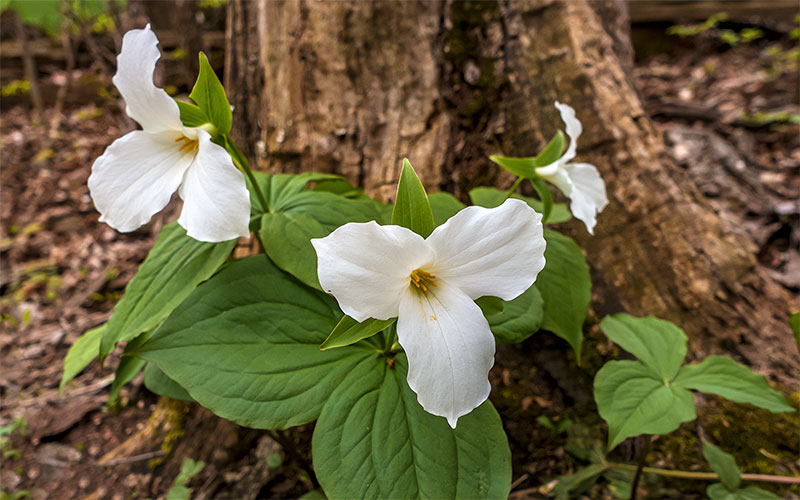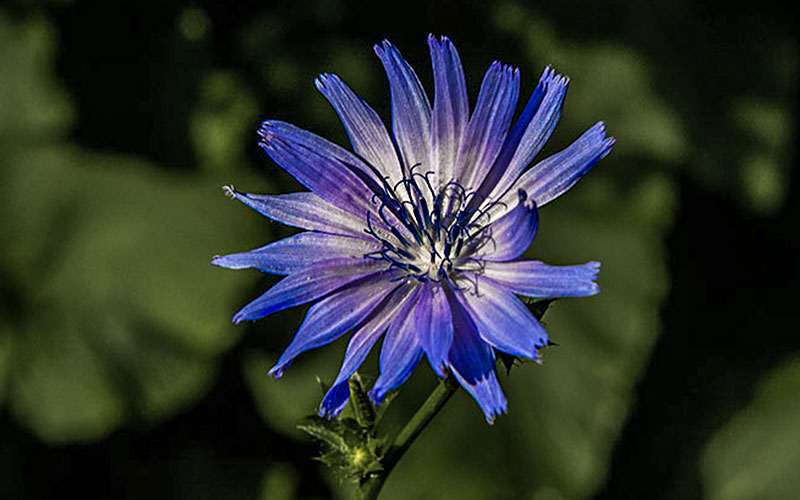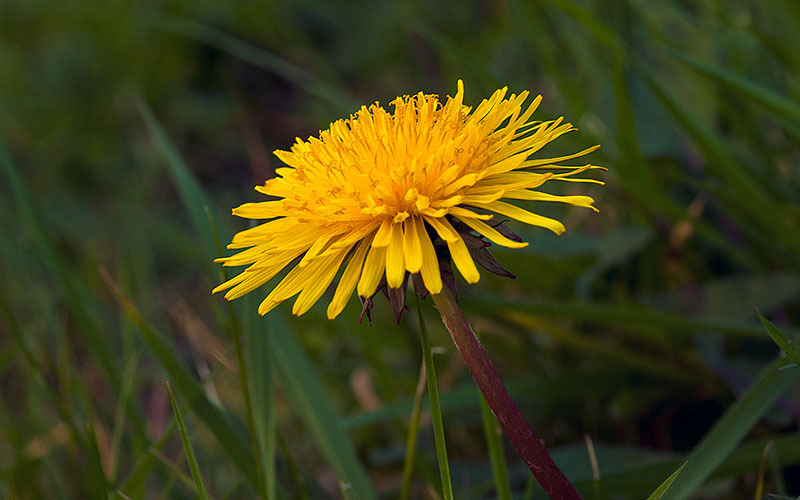In every region on the planet we can find popular botanical guides. For the northeastern part of North America, Newcomb’s Wildflower Guide is such a guide. Excellent is of course also the Wildflower, Peterson Field quides. But Newcombe’s system of plant identification is very practical indeed. And it’s also one of my favourites.
Why is it so popular?
Lawrence Newcomb has been developing a plant identification system for many years. Based on his experience, he finally published the revolutionary Newcomb’s Wildflower Guide in 1977. It is unique in the very simple and logical path that leads you to the name of the plant. This has made it a popular botanical guide for both professional botanists and especially for beginning botanists.
Lawrence Newcomb (1917-2006)
He was certainly a very humble man who rose to stardom. He devoted his life to learning about nature and protecting it. He lived part of his life in Sharon at 90 Brook Road in the converted former laboratory of another prominent Sharon resident, Dr. Joseph A. Cushman.
In Sharon, Larry Newcomb was a prominent conservationist and community organizer. He was on the Sharon Conservation Commission for 16 years where he was able to purchase and preserve hundreds of acres of conservation land to protect Lake Massapoag, Beaver Brook, Massapoag Brook and the Canoe River.
He was also very active with Friends of Moose Hill, The New England Wildflower Society, and founded Friends of Borderland State Park .
Finally, on September 26, 1982, the New England Wildflower Society recognized Lawrence Newcomb’s work in botany by naming the Lawrence Newcomb Library at the Garden in the Woods in his honor.
Newcomb’s life is a true inspiration to us and future generations. He shows us how to live a full life and ignite whole generations with his enthusiasm and erudition in full humility.
In conclusion, I would like to quote Benjamin Franklin:
“There are three kinds of people in the world:
Those you don’t move, people who don’t get it, don’t want to get it, avoid it at all costs.
Then there are the people who are malleable, who are aware of the need for change and are prepared to listen.
And finally there are the movers, the people who make these things happen.”
And Lawrence Newcom was certainly one of them.
We remember him with respect and thanks!
How Newcomb’s Wildflower Guide works!
We follow a three-step process:
First, we determine the type of plant by these three categories.
From this we get a three number code that takes us to the page number where the plant is located.
CATEGORIES:
For the flower type:
1. Irregular flowers
2. Flowers with 2 regular parts
3. Flowers with 3 regular parts
4. Flowers with 4 regular parts
5. Flowers with 5 regular parts
6. Flowers with 6 regular parts
7. Flowers with 7 or more regular parts
8. Flowers parts indistinguishableFor the plant/branching type:
1. Wildflowers with no apparent leaves
2. Wildflowers with basal leaves only
3. Wildflowers with alternate leaves
4. Wildflowers with opposite or whorled leaves
5. Shrubs
6. VinesFor the leaf type:
1. No apparent leaves at all
2. Leaves that are entire (smooth-edged)
3. Leaves that are toothed or lobed
4. Leaves that are divided

For example 1:
Very popular White Trillium (Trillium grandiflorum)
3. Flowers with 3 regular parts
4. Wildflowers with opposite or whorled leaves
2. Leaves that are entire (smooth-edged)
In the Newcomb’s Wildflower Guide we find the key number 342 with further details and a reference to page 124, where Trillium is described in detail.

For example 2:
Commonly growing blue Chicory (Cichorium intybus)
7. Flowers with 7 or more regular parts
3. Wildflowers with alternate leaves
3. Leaves that are toothed or lobed
In Newcomb’s Wildflower Guide we find the key number 733 for which there are further clarifying details and a reference to page 382, where Chicory is described in detail.

For example 3:
Very widespread plant yellow Common Dandelion (Taraxacum officinale)
7. Flowers with 7 or more regular parts
2. Wildflowers with basal leaves only
3. Leaves that are toothed or lobed
In Newcomb’s Wildflower Guide we find the key number 723 with further clarifying details and a reference to page 362, where Common Dandelion is described in detail.
